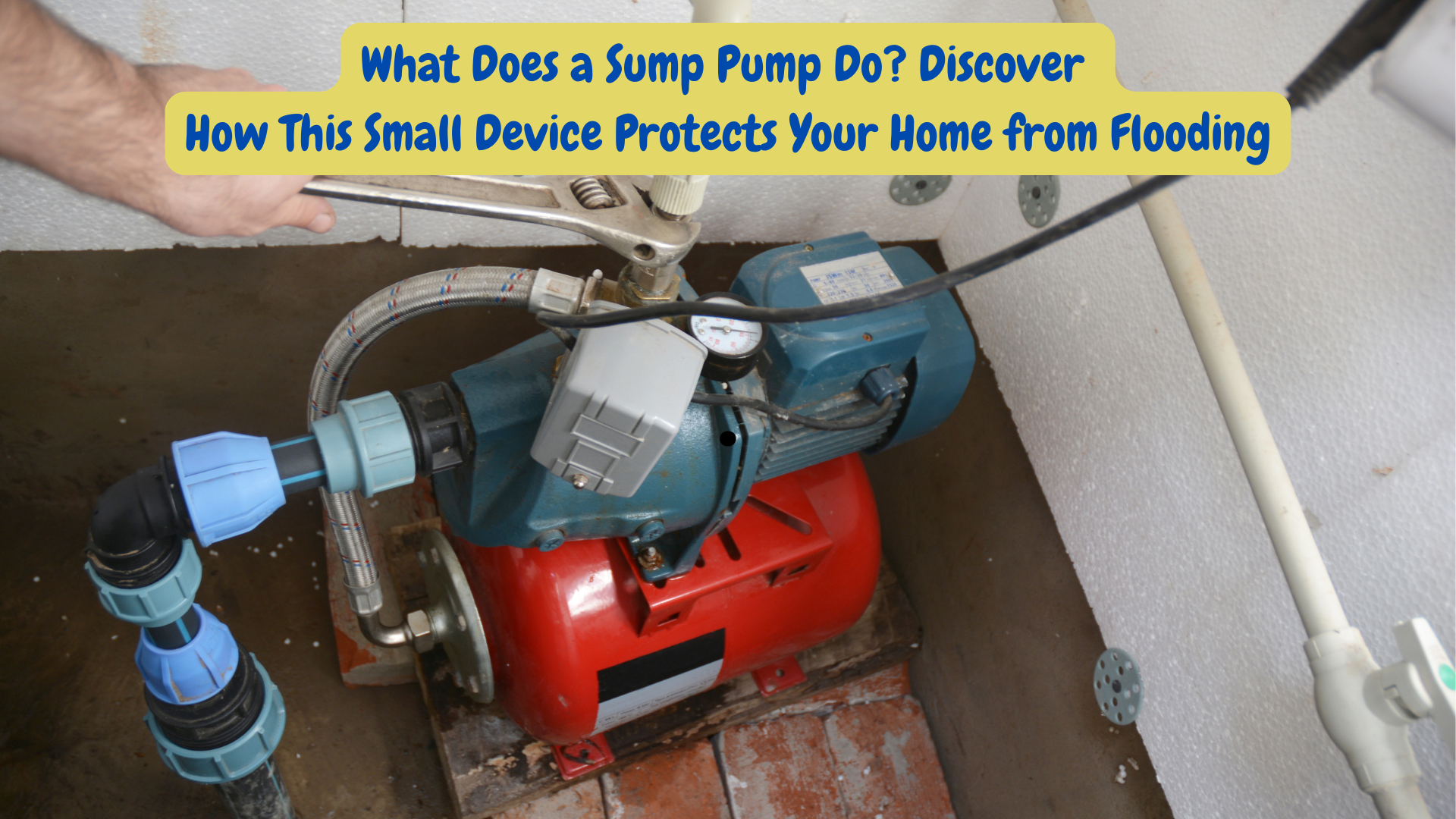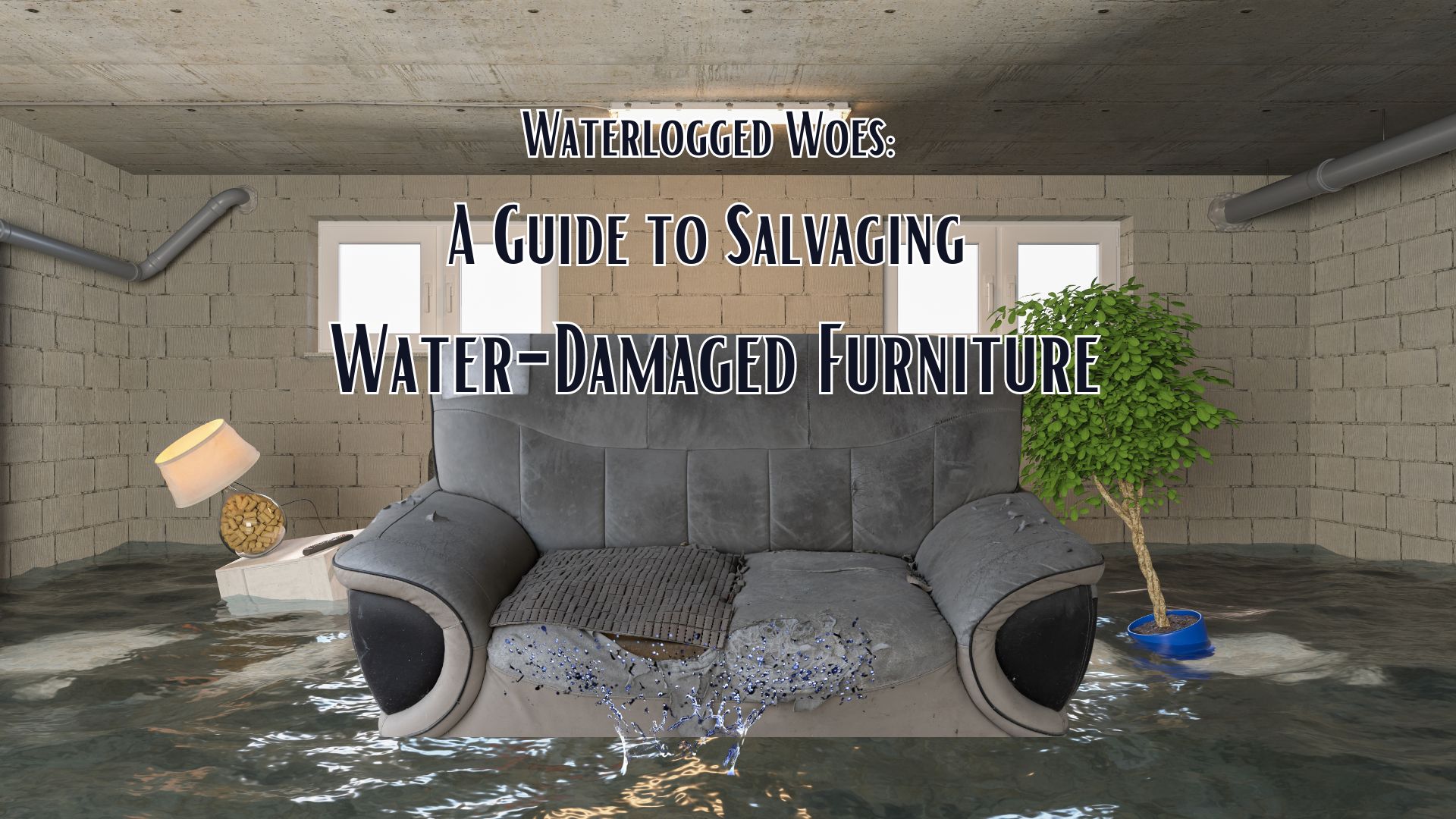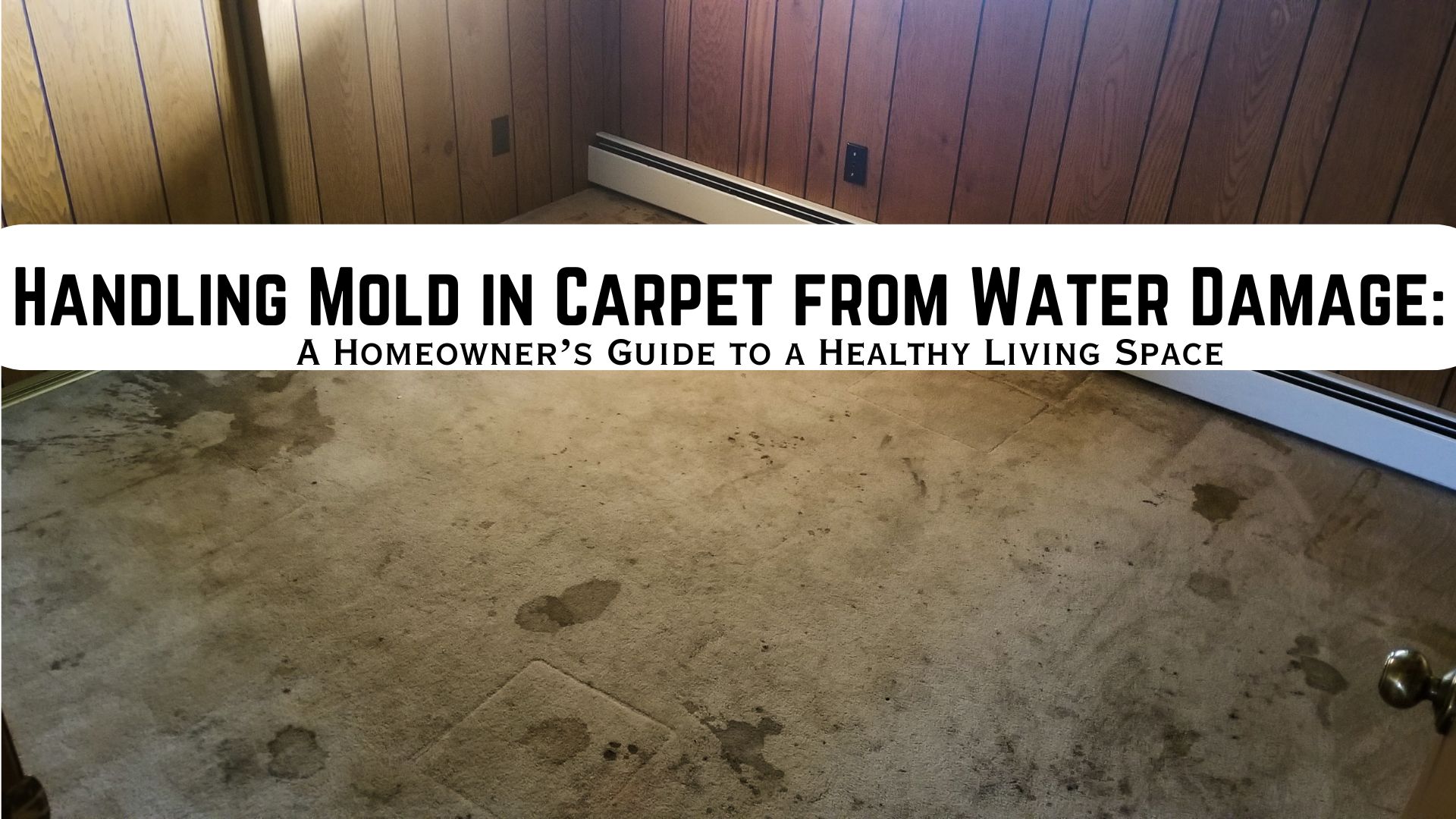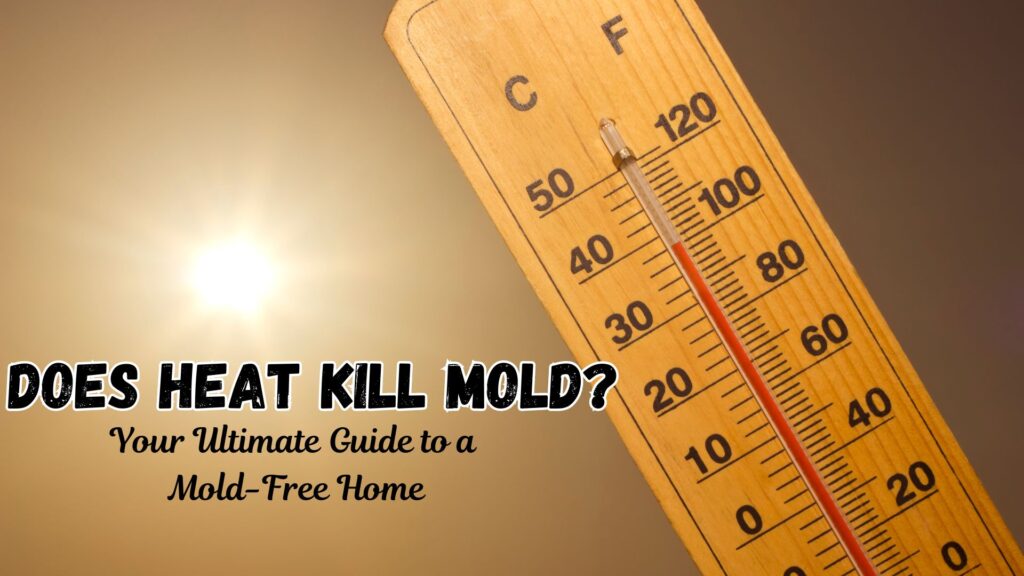
Mold— just mentioning the word can send a chill down your spine. It’s not just the unsightly patches on walls or the musty smell that bothers us. Mold can pose serious health risks, triggering allergic reactions and other respiratory issues. So, how do you get rid of it effectively? One question often asked is: does heat kill mold? Let’s dive into this topic and uncover the truth, so you can keep your home mold-free and your family healthy.
Understanding Mold and Its Impacts
Mold is a kind of tiny fungi that flourishes in damp, warm places. It spreads by releasing small spores into the air, which can settle and grow on suitable surfaces. Mold isn’t just an eyesore; it can cause a range of health problems, from mild allergic reactions to more severe respiratory issues, especially in individuals with pre-existing conditions.
How Does Mold Form?
Understanding how mold forms is crucial to preventing it. Mold needs three main things to thrive: moisture, warmth, and organic material. This means that mold is prone to areas such as bathrooms, kitchens, basements, and other humid spaces. When mold spores land on a damp surface, they can begin to grow, creating colonies that can spread if not addressed promptly.
Does Heat Kill Mold, Really?
Now, let’s get to the heart of the matter: does heat kill mold? Can it really kill mold? The short answer is yes, but there’s more to it than simply cranking up the thermostat.
The Science Behind Heat and Mold
Mold spores are hardy and can survive extreme conditions. However, mold itself cannot withstand high temperatures. Most mold types die at temperatures above 140°F (60°C). This is why heat treatment can be an effective method for killing mold.
How to Use Heat to Kill Mold?
To effectively use heat to kill mold, you need to reach the necessary temperature and maintain it long enough to ensure the mold is killed. Here’s how you can do it:
- Heat Treatment for Small Items: For items like clothing, bedding, or small furniture, you can use your dryer or a steam cleaner. Run the dryer on high heat for at least 30 minutes, or use a steam cleaner to treat the moldy areas.
- Using a Space Heater: For larger areas, such as a room, a space heater can be effective. Seal off the room to trap the heat and run the heater until the temperature reaches at least 140°F. Maintain this temperature for a couple of hours to ensure the mold is killed.
- Professional Heat Treatments: For extensive mold infestations, professional heat treatments might be necessary. Professionals use specialized equipment to raise the temperature in your home or specific areas to the level needed to kill mold.
Does Heat Kill Mold? Common Concerns About Heat Treatment
Objection Handling:
“What if Heat Treatment Damages My Property?”
A frequent worry with using heat to kill mold is that it might harm your property. While it’s true that excessive heat can damage some materials, proper application can mitigate this risk. Professional heat treatments are carefully controlled to avoid damaging your home.
“Is Heat Treatment Enough to Prevent Mold Growth?”
Heat treatment kills existing mold but doesn’t address the root cause of mold growth: moisture. To prevent mold from returning, you must control humidity levels in your home. Use dehumidifiers, fix leaks promptly, and ensure proper ventilation in high-moisture areas.
Open Loops: What Else Can You Do to Prevent Mold?
While heat treatment can be effective, it’s not the only tool in your arsenal. Stay tuned as we explore other methods to keep mold at bay.
The Importance of Controlling Humidity Levels
Controlling humidity levels is key to preventing mold growth. Aim to keep indoor humidity between 30-50%. Use dehumidifiers in damp areas, especially basements and bathrooms. Fix any leaks and ensure good ventilation in areas prone to moisture, like kitchens and laundry rooms.
Preventative Measures: Keeping Mold at Bay
Regular Cleaning and Maintenance
Regularly clean areas that are prone to mold, such as bathrooms and kitchens. Use mold-killing products and ensure surfaces are dry after cleaning. Check for and fix leaks promptly to prevent water accumulation.
Using Mold-Resistant Products
Consider using mold-resistant products in areas susceptible to mold. These include mold-resistant drywall, paint, and caulking. These products contain antimicrobial agents that help prevent mold growth.
Proper Ventilation
Ensure your home is well-ventilated. Operate exhaust fans in bathrooms and kitchens to lower moisture levels. When weather permits, open windows to let in fresh air.
Handling Moldy Foods
Moldy foods are another common problem. While heat can kill mold on non-porous surfaces, it’s not effective for porous items like food. If you find mold in food, it’s best to discard it. Mold can infiltrate deep into food, making it dangerous to consume even after removing the visible mold.
Recognizing the Signs of Mold
Detecting mold early is vital to stop it from spreading. Watch out for these warning signs:
- Musty Smell: A persistent musty smell often indicates mold growth.
- Visible Mold: Mold can appear in various colors, including black, green, white, and orange.
- Health Symptoms: Unexplained allergic reactions, respiratory issues, and other health symptoms can be caused by mold.
Conclusion: A Mold-Free Home is Within Reach
Does heat kill mold? In conclusion, heat can effectively kill mold, but it’s not a standalone solution. Combine heat treatment with proper moisture control, regular cleaning, and preventive measures to keep your home mold-free. By understanding how mold forms and implementing these strategies, you can protect your home and your health from the dangers of mold.
Remember, mold is a common problem, but with the right knowledge and tools, it’s one you can tackle head-on. Stay vigilant, and enjoy a clean, healthy living environment.
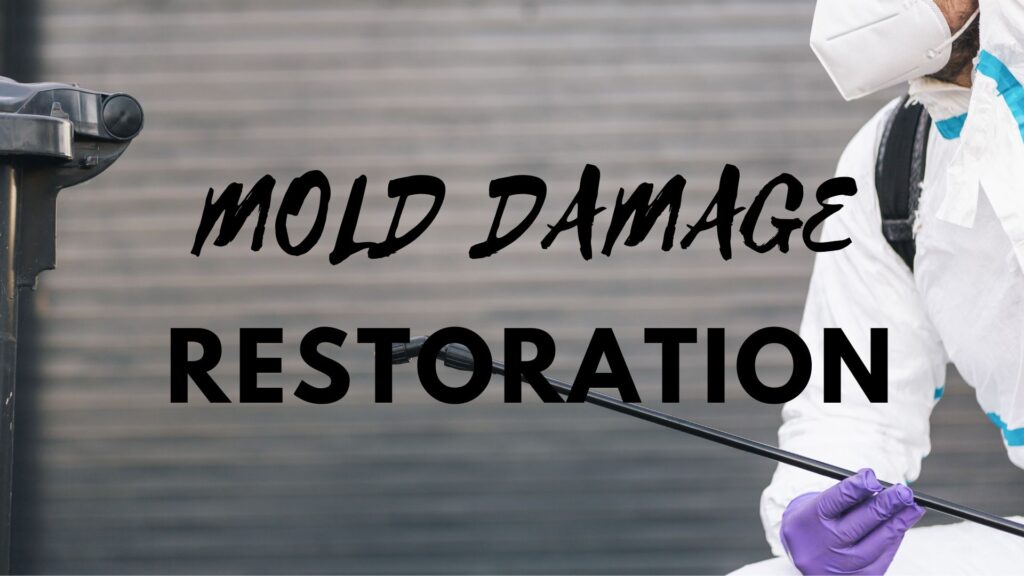
Superior Restoration provides expert services to help homeowners combat mold issues. Our team of professionals uses advanced techniques and equipment to effectively identify, remove, and prevent mold growth, ensuring a safe and healthy living environment. Call us anytime! With personalized solutions and a commitment to excellence, Superior Restoration offers peace of mind to homeowners dealing with mold problems.

